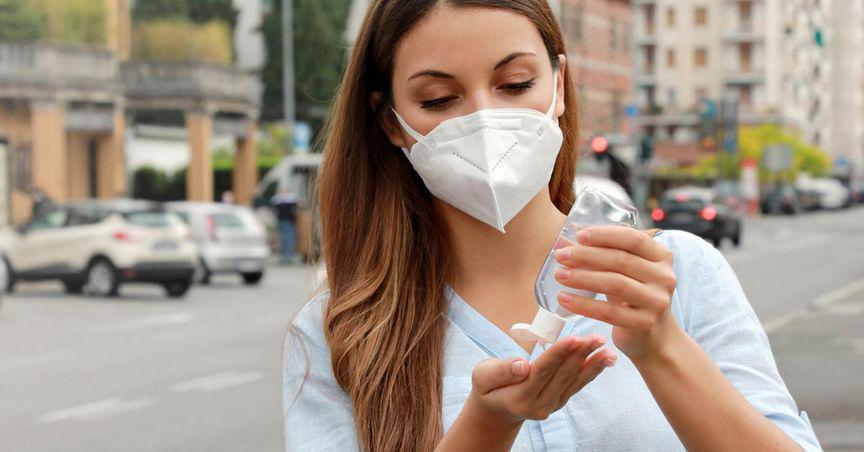Highlights
- In Australia, COVID-19 patients admitted to hospitals hit a record high with over 5,433 people hospitalised
- The healthcare system is under severe strain with the rising number of cases and healthcare workers going into isolation
- In response to resurging cases, the Australian government reinstated its Pandemic Leave Disaster Payment and has consented to a new telehealth system
Once again, coronavirus' highly contagious Omicron strain has knocked on Australia's doors.
The new wave of COVID-19 infections is being driven by the BA.4 and BA.5 Omicron sub-variants and is expected to increase pressure on the country’s health system.
Various reports suggest that the number of cases admitted to hospitals hit a record high on Monday, 25 July 2022. Several hospitals are facing the shortage of beds and are forced to send ICU patients to general wards or homes. The scenario is getting worse due to the isolation of healthcare workers owing to infections.
As of 25 July, the country had nearly 9.13 million cases of COVID-19, with 377,550 active cases. Till now, the deadly virus has claimed 11,200 lives. Statewise, New South Wales is the most affected, followed by Victoria and Queensland.

Image source: © Jiraart1986 | Megapixl.com
Government response to the crisis
Owing to risks related to COVID-19 and more infectious variants, the Australian government re-established its Pandemic Leave Disaster Payment to 30 September 2022. The scheme is meant to support those who are unable to work due to isolation requirements and do not have access to paid sick leave.
Further, the government has given the green signal to a new telehealth system that will enable general practitioners to spend more time with their patients. In this way, the people most vulnerable to COVID-19 infections will get swift access to medical treatment, thereby reducing the strain on hospitals.
Additionally, it has been reported that very soon nursing and midwifery students will be employed in hospitals in Melbourne and regional Victoria.
COVID-19 vaccination status
As of 24 July 2022, more than 95% of people aged above 16 years have received at least two doses of vaccine. In aged care residents, nearly 95% of the eligible population has been vaccinated, and 77% of people have received their fourth dose.
What do the global numbers say?
Globally, as of 25 July, WHO reported nearly 566.97 million cases of COVID-19 and 6.37 million deaths. In the last 24 hours, Japan has reported the highest number of confirmed cases (172,673), followed by Italy, South Korea, and China.
Bottom line
The resurging wave of COVID-19 is a reminder to everyone that we must strictly follow COVID-19 safety protocols for keeping ourselves and our families safe. Using masks and sanitisers, and avoiding unnecessary travel are some of the simple measures required most at this hour.




